We’ve travelled to quite a few communist or used-to-be communist countries, and in Romania I heard for the first time of someone (our guide’s relative) wishing their country was still communist. I’ve only ever heard of people talk about how terrible it is (and from learning about it from people across the world it really does seem terrible), but in Romania I heard it referred to as the “good old days,” in large part due to job security. I don’t think this sentiment is widely shared, as I gathered from a walking tour we took around the city, but it’s interesting nonetheless.
The tour lasted about 3 hours and we learned about and visited sites of the 20th century communist regime. The communists consolidated power in the senate building, located at the highest point in Bucharest (there used to be 7 hills, but 6 were leveled by the communist government, leaving the government building and a church on the last one standing). Before they could fully become all-powerful, however, Romania experienced a brief bout of fascism during WWII when they sided with Nazi Germany…once it was clear they were on the losing side, they joined forces with the Russians, who pushed them back towards communism. Then followed multiple decades of extreme hardship due to rationing and poor living conditions (not for those in the government, though), which I can’t imagine calling “the good old days.” Our walking guide quoted Animal Farm and said that “in communism everyone is equal, but some people are more equal than others.” That seems to be how it plays out!
Below: important buildings at the top of the last remaining hill – (top two) Patriarchal Cathedral of Saints Constantine and Helena, and (lower) Palace of the Patriarchate. In Romania, the church and the government have long worked side by side


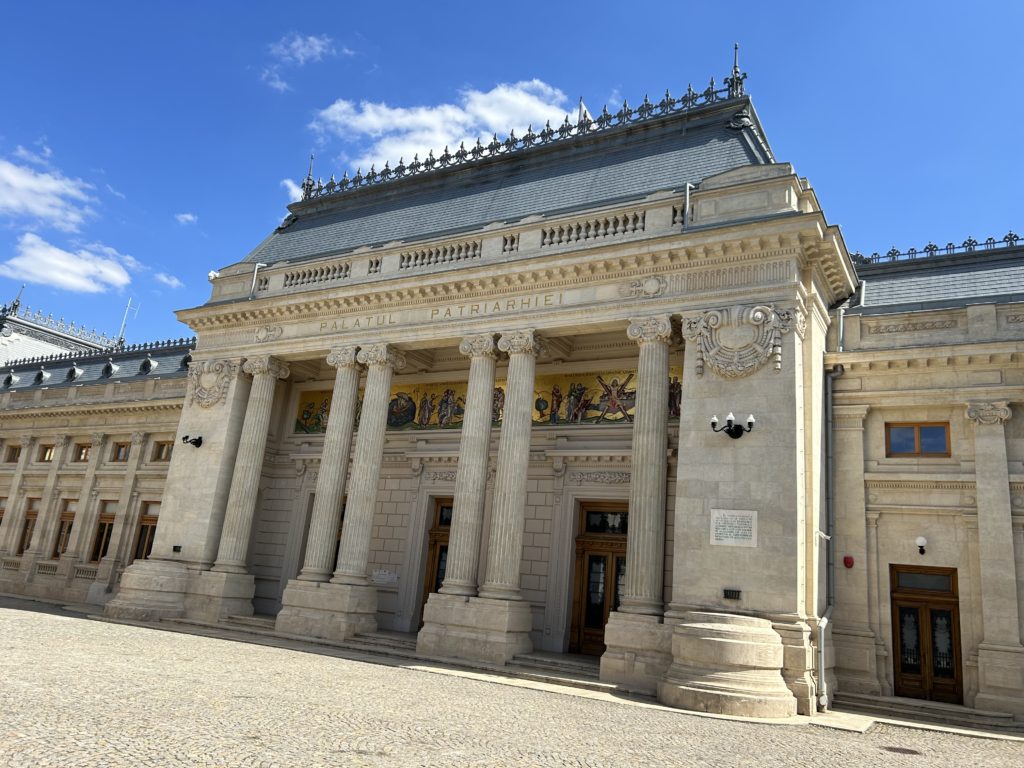
Below: Palace of Parliament and (in the background of the left photo) the new Catedrala Mantuirii Neamului



Below: our guide pulled out this bag of Pufuleti for us to share when she was telling us about the extreme rationing imposed by the government in the 1980s when it was limiting citizen consumption for 7 years in order to pay back a debt to the US government. Families would buy bags of Pufuleti, which has almost no nutritional value and which basically dissolves in your mouth, because it was cheap, available, and if you ate a whole bag would give you a sense that you weren’t starving.
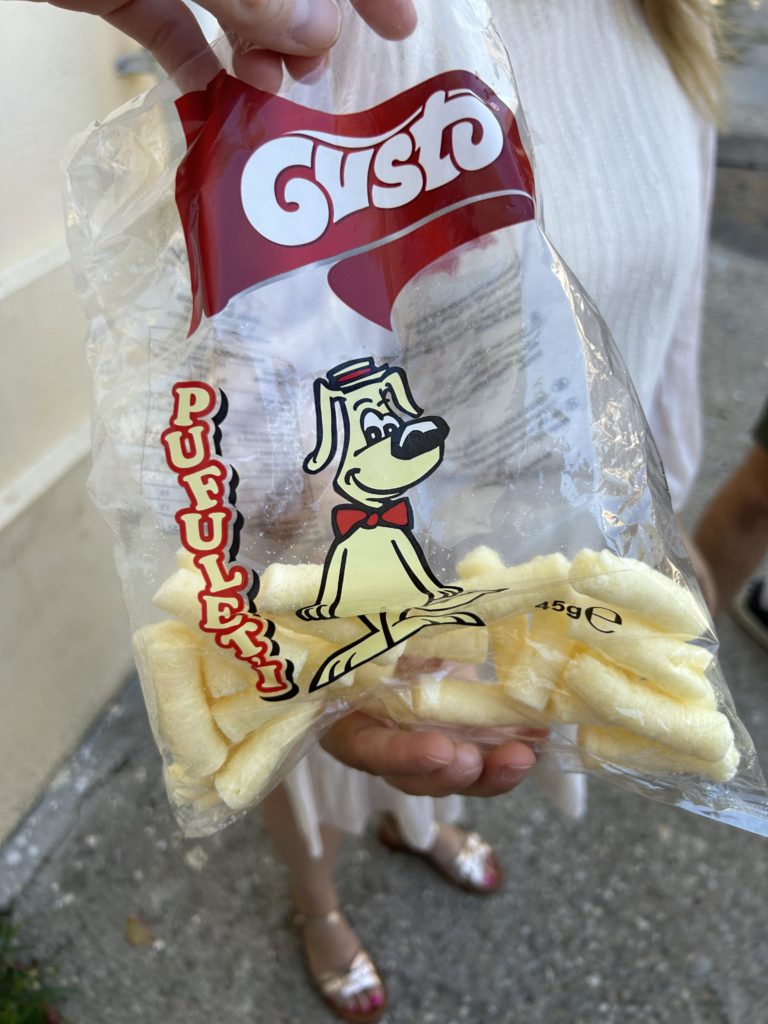
Below: walking streets of the Old Town



Below: The Church of the Stavropoleos Monastery







Below: Carturesti Carusel – a 4-story bookstore we enjoyed wandering through



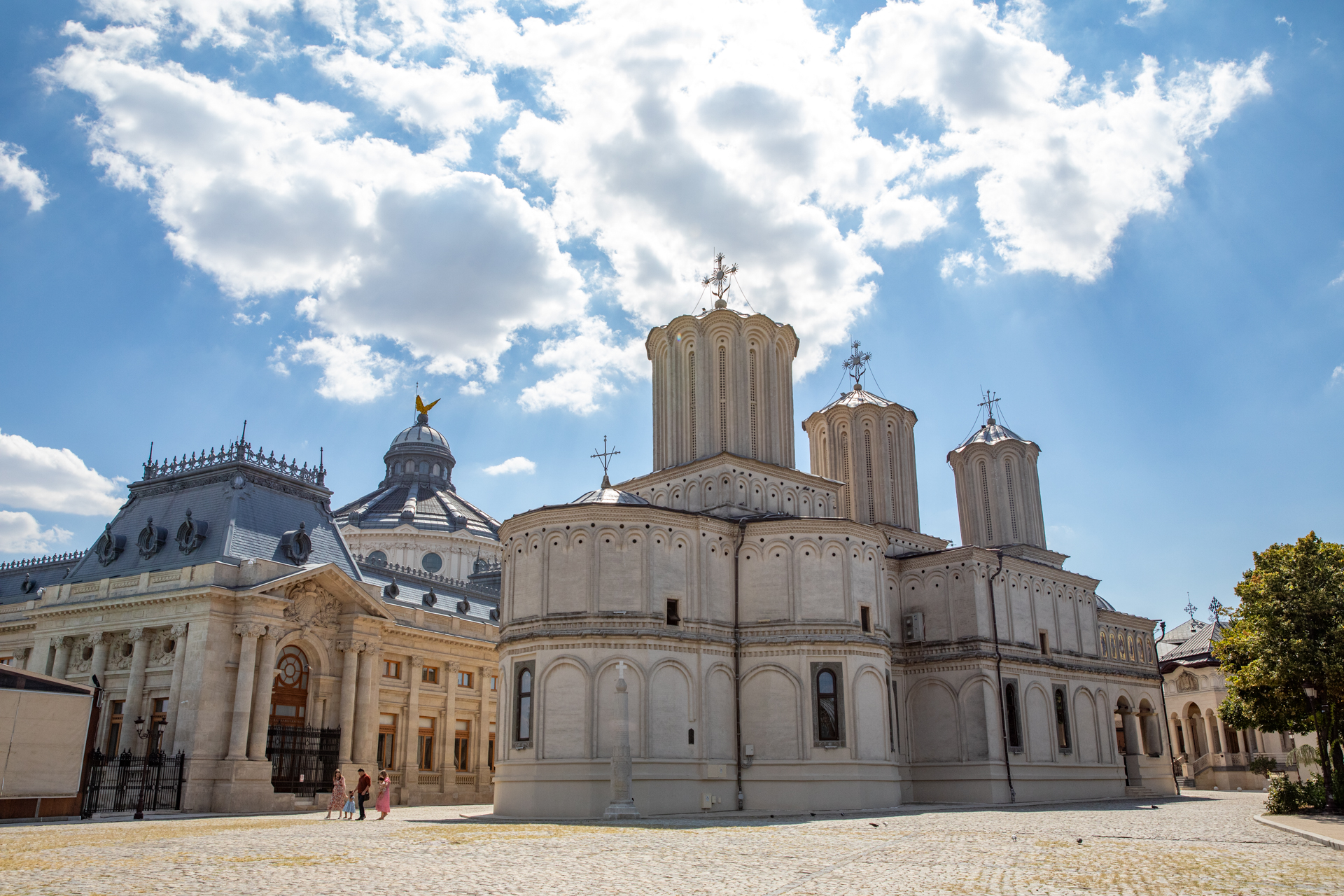
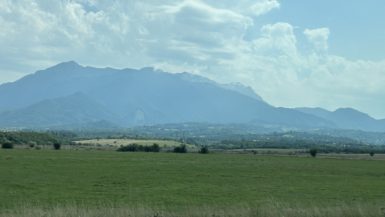
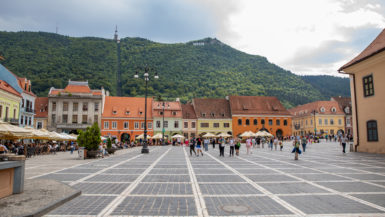
Leave a reply